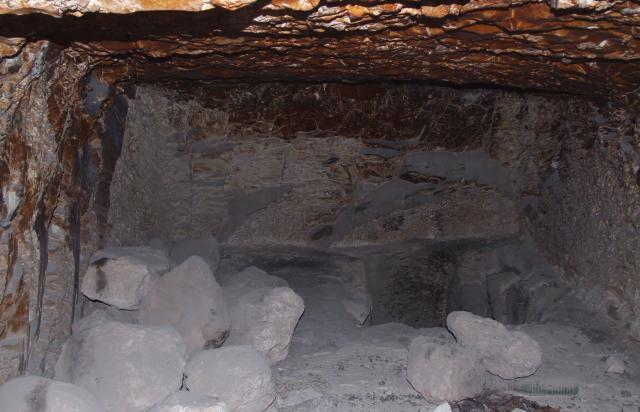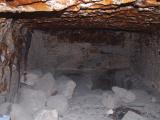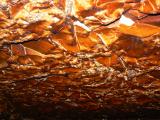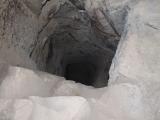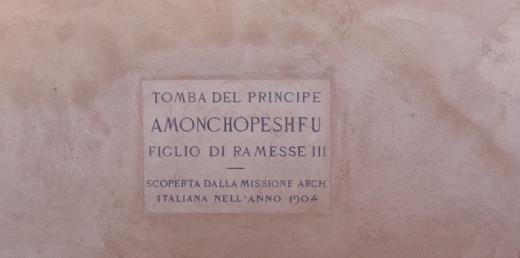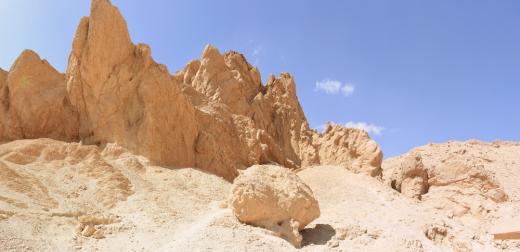QV 78
Anonymous
Entryway A
See entire tombThe shaft entrance has a modern cemented masonry surround with a metal grill.
Chamber B
See entire tombLarge, roughly cut rectangular and undecorated chamber. The presence of large boulders suggests they were used to block the pit shaft cut into the northeast corner of chamber B or the entrance to chamber B itself.
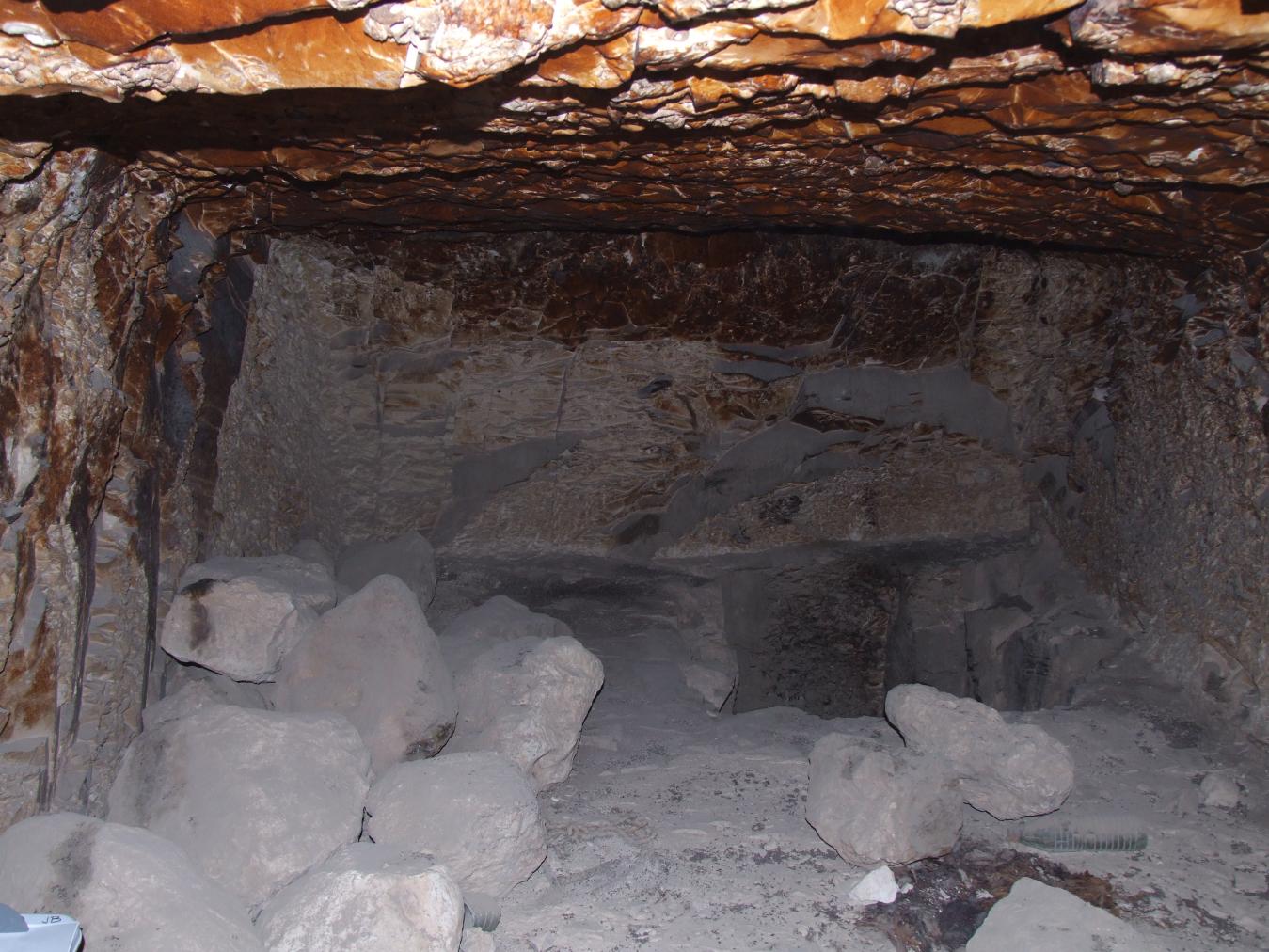
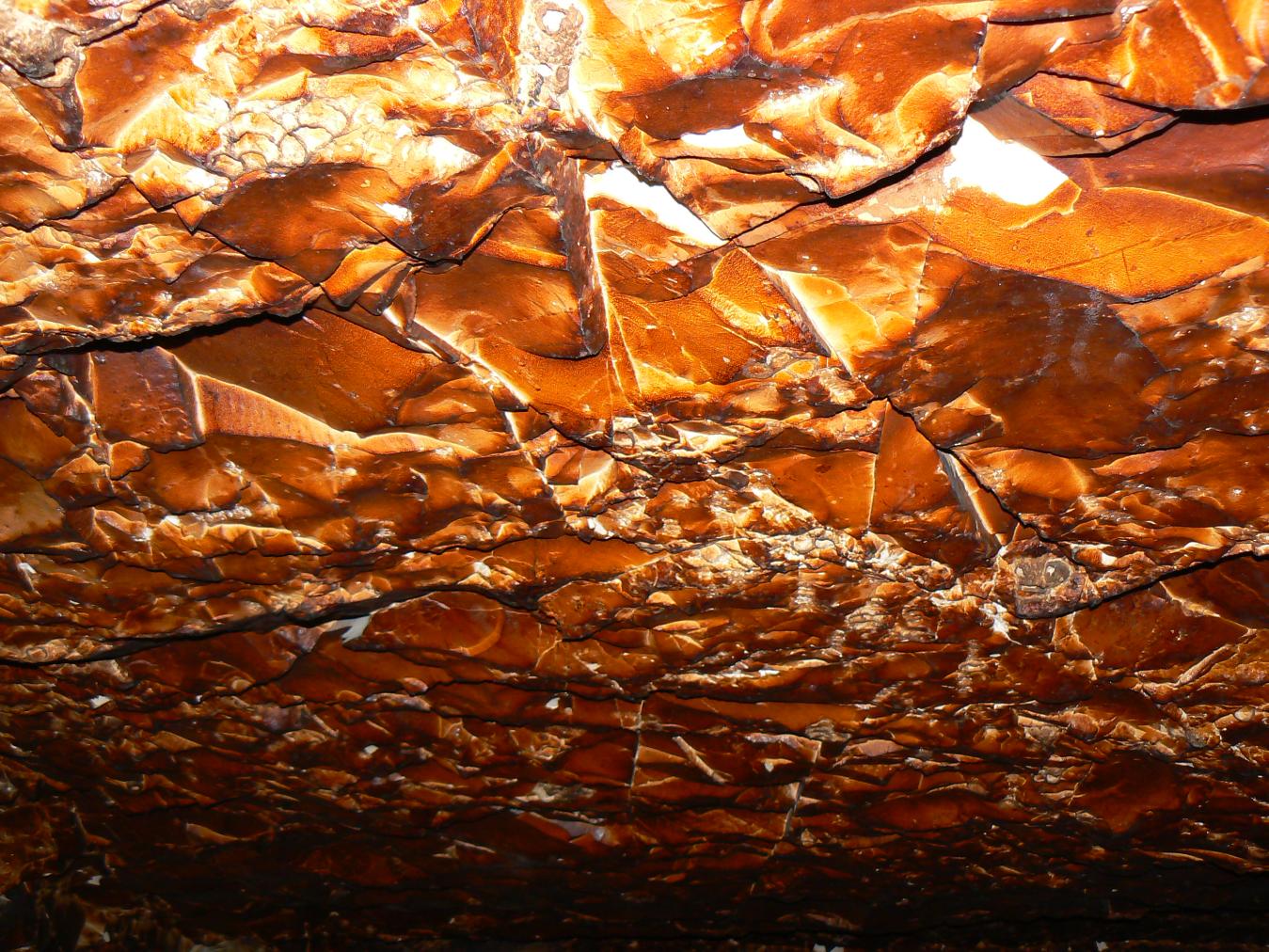
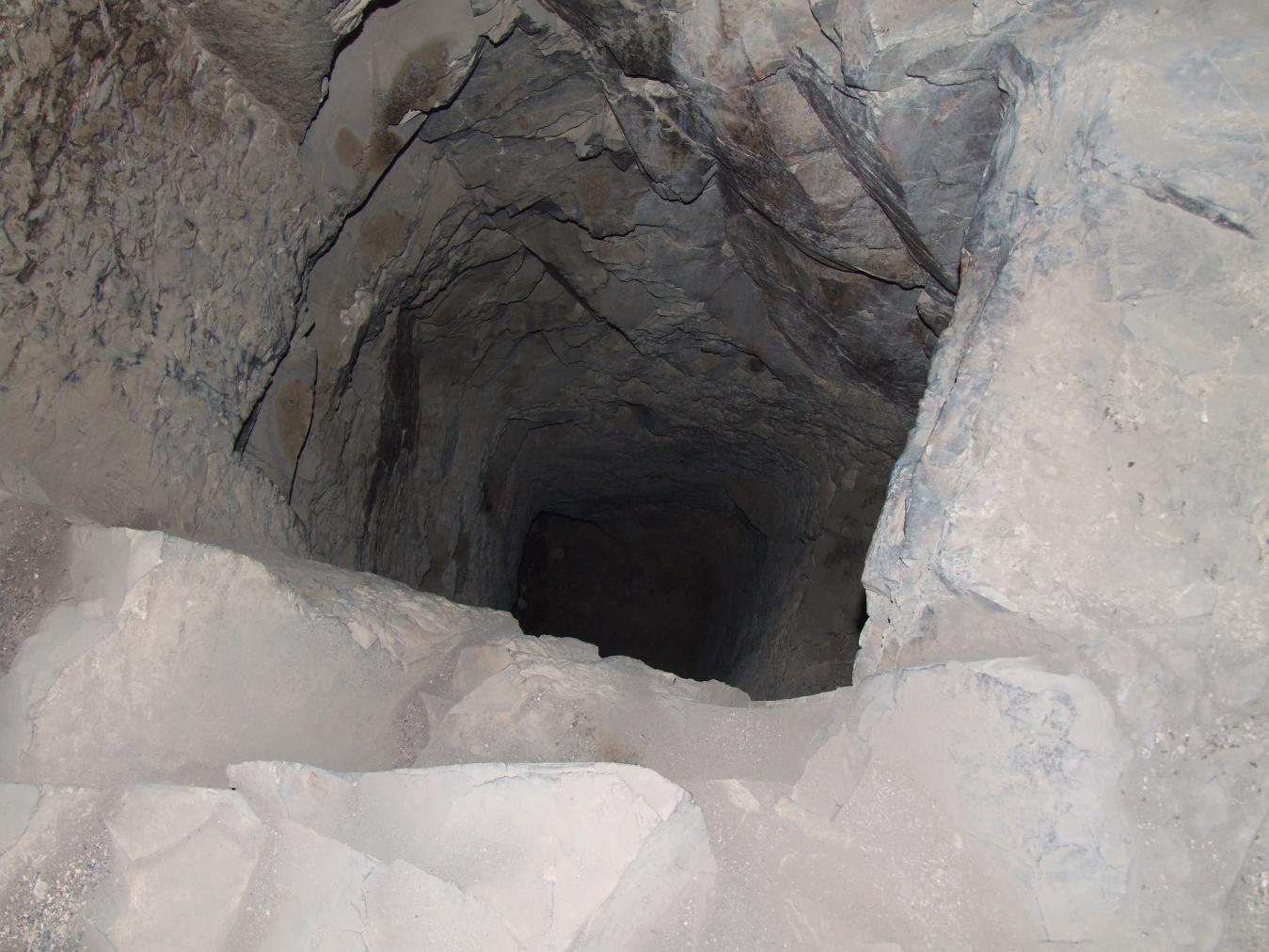
Chamber Ba
See entire tombA small pit chamber located directly under chamber B and situated halfway down the long shaft that terminates with chamber Bb.
Chamber Bb
See entire tombA somewhat large, roughly cut and undecorated square pit chamber at the bottom of a long shaft leading down from the rear of chamber B.
About
About
QV 78 lies on the north side of the main Wadi at its eastern end, between QV 77 and QV 79. The shaft entrance (A) has a modern cemented masonry surround with metal grill. The tomb has three chambers at different levels, two of which (Ba and Bb) are accessed via a deep pit in the rear of the upper, main chamber (B). Large boulders are present in the main chamber (B), presumably used for the original blocking of the shaft or chamber entrance. A shallow excavated pit is also present in the main chamber (B).
Carl Lepsius called QV 78 "spacious" and Elizabeth Thomas mentioned that the rear pit is "comparable to those in QV 13, QV 14, QV 15, and QV 16 and is probably again intrusive". The Franco-Egyptian Mission last cleared the tomb in 1986-87. Based on the archaeological material recovered, they have suggested that the tomb was constructed during the 18th Dynasty. It was subsequently expanded to include the lower chambers, accommodating a group burial during the Roman period.
Noteworthy features:
The tomb QV 78 has three chambers at different levels, two of which (Ba and Bb) are accessed via a deep pit in the rear of the upper, main chamber (B).
Site History
The tomb was constructed in the 18th Dynasty and expanded and reused during the Roman Period to accommodate a group burial.
Dating
This site was used during the following period(s):
Exploration
Conservation
Site Condition
According to the GCI-SCA assessment team, the tomb is in a stable condition. Chamber (B) is roughly hewn and the rock of the ceiling and much of the walls show an orange-brown lustrous appearance similar to the side chambers of QV 42 and chambers of QV 43. This was presumably caused by intense fire or heat damage. The floor and lower portions of the walls that are not discolored were presumably protected by debris fill at the time of the fire. Modern trash littered the floor and was later removed in 2007. Due to difficulty in access, the lower chambers were not inspected by the GCI-SCA assessment team. The lower shaft and chambers were inhabited by bats during the time of the assessment. At least ten were seen by the GCI-SCA, but many more were heard roosting in the pit.

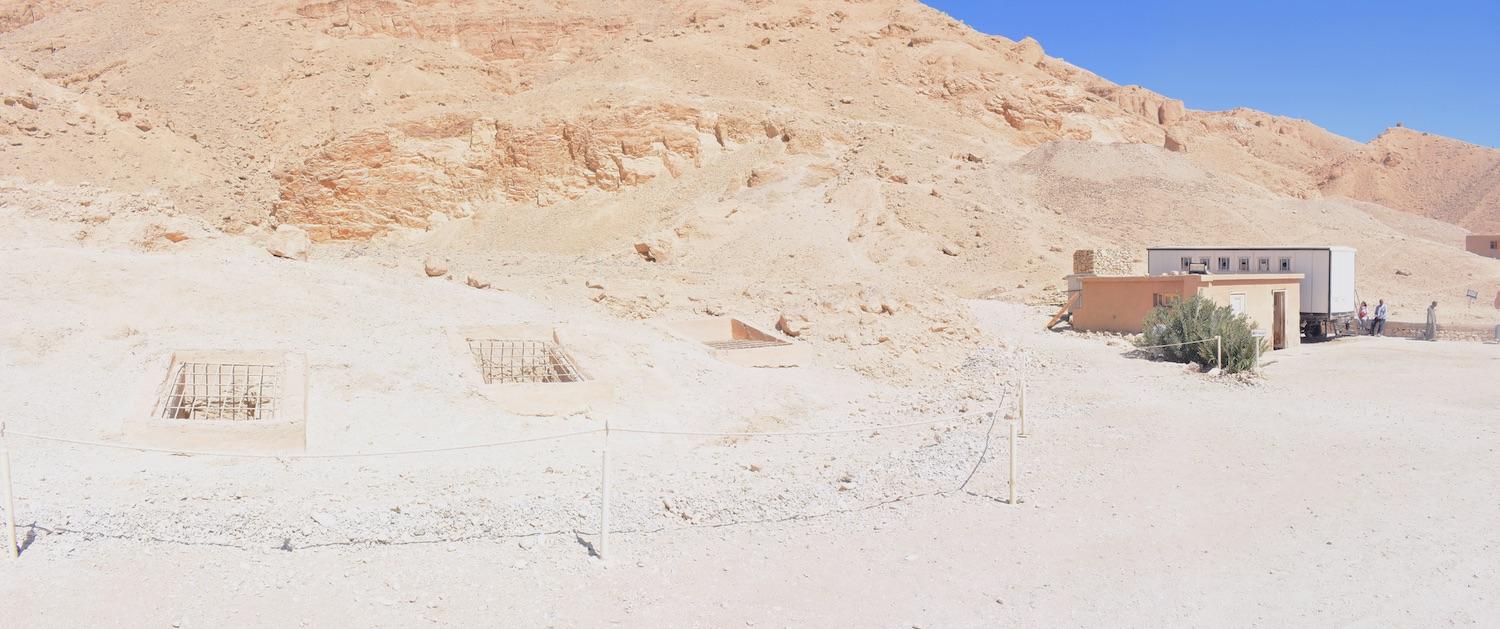



Articles
Tomb Numbering Systems in the Valley of the Queens and the Western Wadis
Geography and Geology of the Valley of the Queens and Western Wadis
Bibliography
CNRS mission report: Centre national de la recherche scientifique (France). Rapport d'activité 1987-1988 URA no. 1064, 1987-1988.
Demas, Martha and Neville Agnew (eds). Valley of the Queens. Assessment Report. Los Angeles: The Getty Conservation Institute, 2012, 2016. Two vols.
Leblanc, Christian. Ta set nefrou: une nécropole de Thèbes-ouest et son histoire, 1: géographie- toponymie: historique de l'exploration scientifique du site. Cairo: Nubar Printing House, 1989.
Lepsius, Richard. Denkmäler aus Aegypten und Aethiopien: Texten. Vol. 3. Leipzig: J.C. Hinrich, 1897-1913.
Macke, André, Christiane Macke-Ribet, Christian Leblanc, and Jacques Connan. Ta set neferou: une necropole de Thebes-Ouest et son histoire: momification, chimie des baumes, anthropologie, paléopathologie. Vol. 5. Cairo: Nubar Printing House, 2002.
Thomas, Elizabeth. The Royal Necropoleis of Thebes. Princeton: privately printed, 1966.

